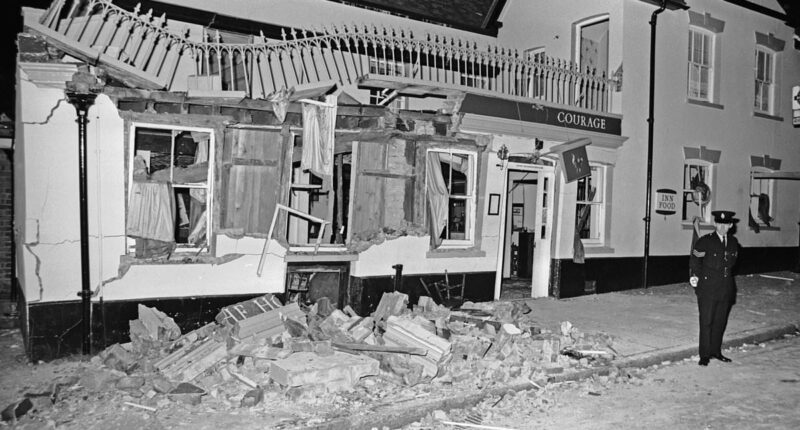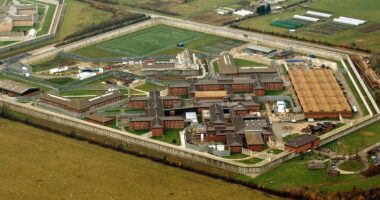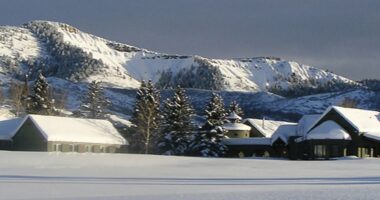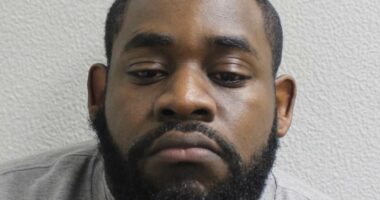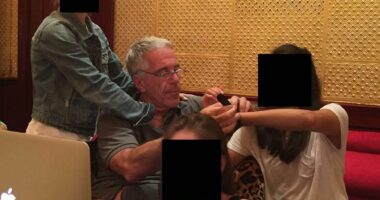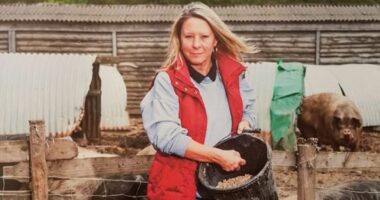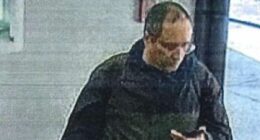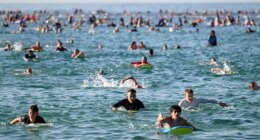Share this @internewscast.com
Recent scientific analyses have singled out several primary suspects involved in the 1974 Guildford pub bombings and other IRA attacks against British troops during the Troubles.
Thanks to improvements in forensic methods, individuals now believed to be in their seventies and eighties have been identified and could potentially be prosecuted for acts committed as far back as 50 years ago.
After applying updated testing to the case evidence, the Independent Commission for Reconciliation and Information Recovery (ICRIR) in Belfast announced a significant advancement.
The 1979 Warrenpoint ambush, and the 1974 M62 coach disaster, are also under reinvestigation.
Keith Surtees, the newly established body’s deputy commissioner, said there was ‘the real prospect’ of finally bringing IRA perpetrators to justice.
He told the Irish Times, ‘Due to considerable progress in forensic science over the last five decades, we have uncovered highly valuable leads.’
On October 5, 1974, five individuals—John Hunter, Paul Craig, Ann Hamilton, Caroline Slater, and William Forsyth—lost their lives when a bomb detonated at The Horse and Groom pub in Surrey.
Among those killed were four soldiers: Private Hamilton, 19, and Private Slater, 18, both newly enlisted at the Queen Elizabeth Barracks, as well as Forsyth and Hunter, aged 18 and 17, respectively, who were recruits for the Scots Guards.

The explosion at the Horse and Groom (pictured here afterwards), was one of two in the Surrey town on October 5, 1974

Four people were later wrongfully convicted over the two bombings, held in prison for 15 years before their convictions were overturned

A policeman stands guard outside the Horse and Groom in the aftermath of the bomb

Caroline Slater, 18, Ann Hamilton, 19, William Forsyth, 18, John Hunter, 17, and plasterer Paul Craig, 21, (pictured left to right) died in an explosion at the Horse and Groom pub

Gerry Conlon (above, in 2005), Paul Hill, Paddy Armstrong and Carole Richardson were wrongfully convicted over the bombings in 1975
Craig – the only civilian killed in the attack – was celebrating his 22nd birthday.
Moments later, a second bomb went off at the nearby Seven Stars, severely injuring the landlord and his wife. More than 60 people were hurt across the two blasts.
In 2022, Coroner Richard Travers said the main bomb was probably planted by a young couple who were never identified, following a long-awaited inquest.
It is believed both pubs were targeted because they were popular with British soldiers based at Pirbright Barracks a short distance away.
Eleven people, known as the Guildford Four and the Maguire Seven, were jailed but later had their convictions quashed.
Earlier the same year, nine soldiers and three civilians were killed on February 4 when a bomb went off close to the Hartshead Moor service station, near Huddersfield in West Yorkshire.
The coach was carrying army personnel and their families from Manchester to Catterick Garrison, North Yorkshire.
Corporal Terence Griffin, 24, Gunner Leonard Godden, 22, Signalman Michael Waugh, 23, Signalman Leslie Walsh, 17, Signalman Paul Reid, 17, Lance Corporal James McShane, 29, Fusilier Jack Hynes, 20, and Fusilier Stephen Whalley, 18, all died in the blast.

Several servicemen and their families were killed and injured by two bombs on the M62 motorway near Batley in 1974

The wreckage of the coach after bomb exploded as coach was travelling along the M62 motorway in Yorkshire en-route to Catterick Army camp
Corporal Clifford Haughton and his wife Linda, who were both 23, and the couple’s two sons Lee, five, and Robert, two, were also killed.
One person, Judith Ward, was subsequently convicted of the bombing but was freed by the appeal court in 1992 when her conviction was quashed.
And on 27 August 1979, the IRA launched the deadliest attack on the British military during the Troubles when they targeted a military convoy in County Down.
There were two separate attacks. The first was an 800lb bomb in a haywagon, which blew up a Land Rover and two Bedford trucks, with six fatalities.
A further 12 soldiers died when a second blast went off nearby, killing some survivors from the original blast and their reinforcements.
Five teenagers were among the dead, while 20 soldiers were seriously injured.
Nobody has been prosecuted for the atrocity.
The ICRIR was created as part of the Legacy Act last year to investigate deaths during The Troubles.
It introduced a ban on inquests and civil actions related to incidents during the 30 years of fighting.
